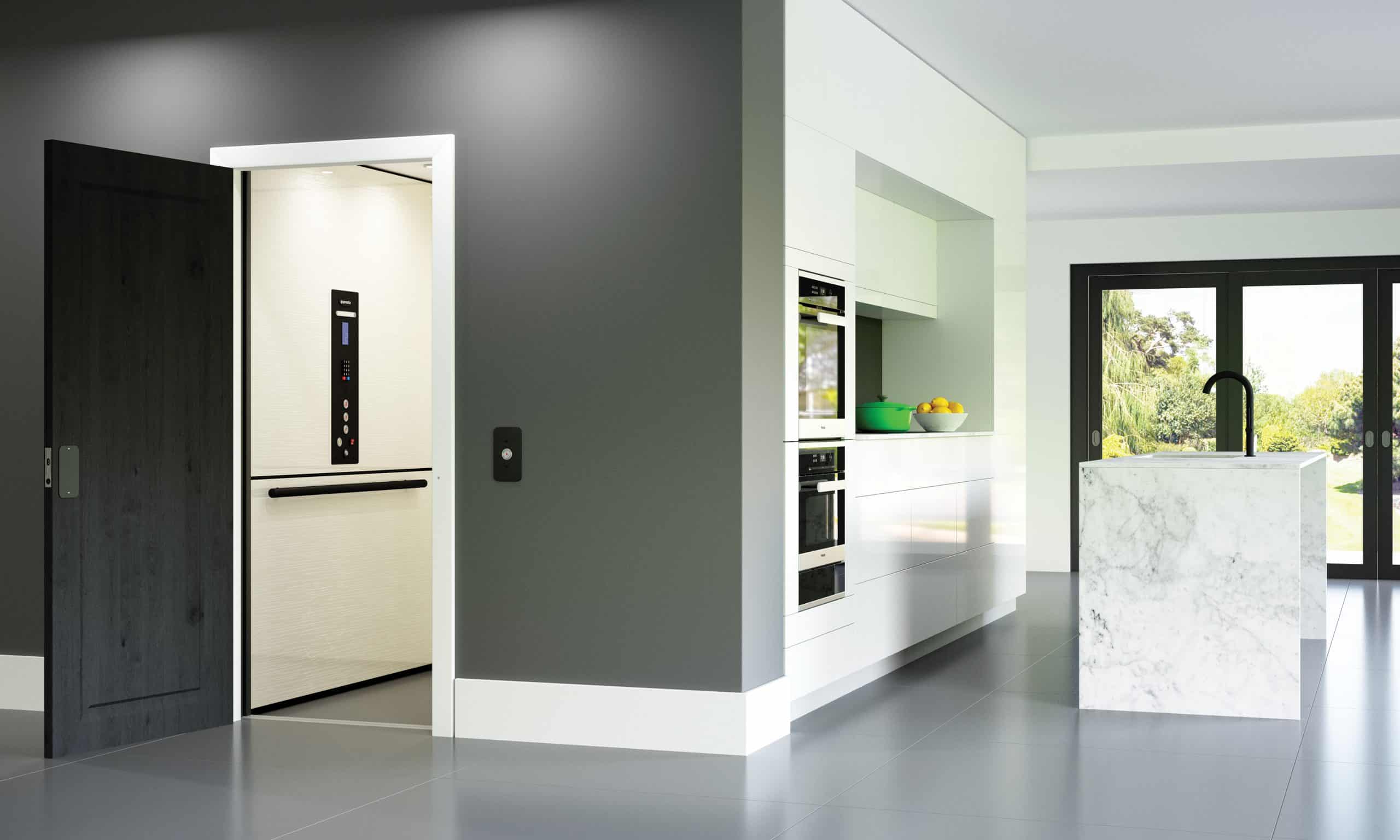The Vacuum Elevator combines a smooth vertical cylinder with a coaxial car that moves up and down through air suction. The principle operation of the elevator is based on the ascending push generated by the difference between the atmospheric pressure on the top of the car and the atmospheric pressure under the car. The depression (vacuum) required to lift the car is achieved by turbines operating as exhaust fans which are located at the top of the elevator.
- The piston gear surrounded by a sliding air tight seal allows an almost frictionless movement and hoists the car due to the pneumatic depression generated on the upper part.
- A valve regulating inflow of air controls the pneumatic depression, enables descent and controls the speed of the car.
- The lower part of the shaft is open to ensure free entrance of air at – atmospheric pressure.
- At each floor or level, perimeter seals on the door are self-sealing due to the action of the atmospheric pressure.
- The car has locking devices to stop at the upper and lower limits of travel.
- A safe braking device (chute) activates in case of free fall.
Request a Quote



